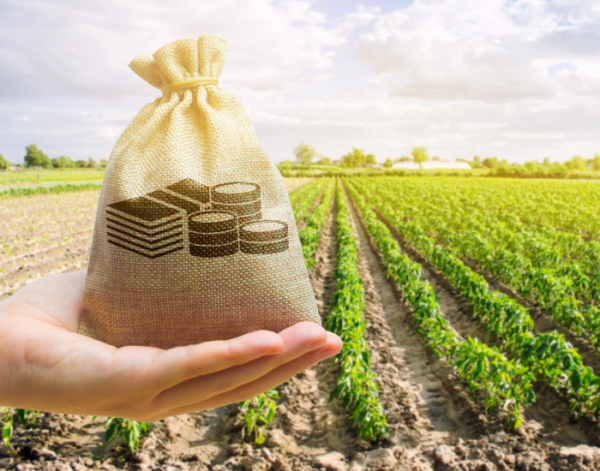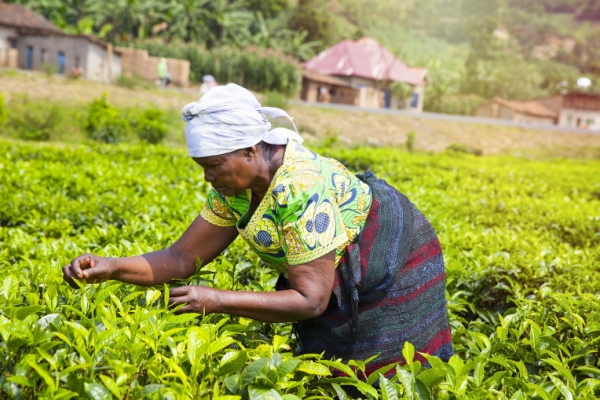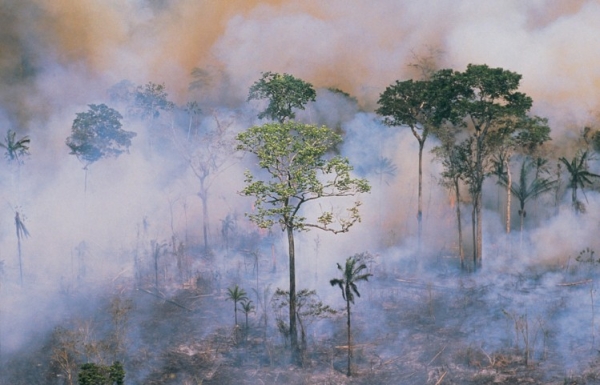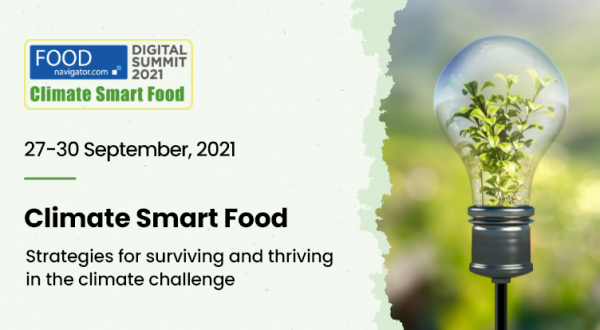How ag investment can bring water and climate goals within reach: ‘Our traditional ways of working have not kept pace with the changes the world is undergoing’
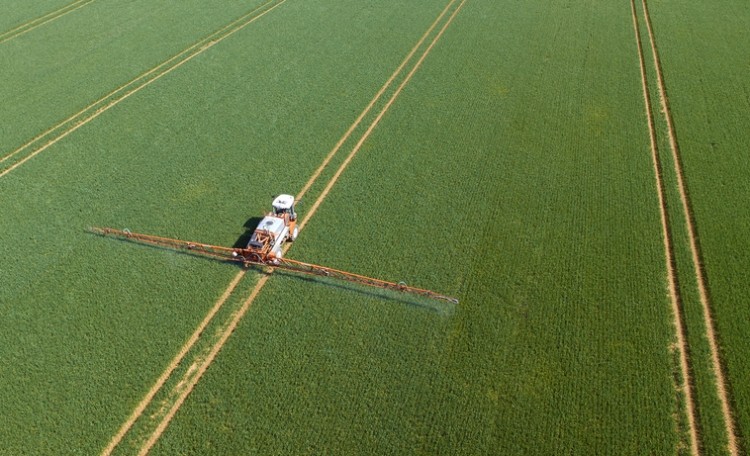
Agricultural output needs to increase to keep pace with the growing global population, set to rise to more than 9bn by 2050. This needs to be achieved at a time when the affects of global warming will make it harder to grow food in many parts of the globe.
Intensification will also have to use fewer inputs, less land and water resources. And, if climate change is to be controlled, the sector must reduce emissions and reverse deforestation.
The challenge is significant. But, according to a report from the Commission on Sustainable Agriculture Intensification (CoSAI) and the Transforming Agricultural Innovation for People, Nature and Climate campaign, a step-up in agricultural investment targeted at climate smart outcomes can have an impact.
A little over US$15bn a year could help tip the scales for agriculture - and humanity. The estimate is based on an advanced model of future investment scenarios.
“This sophisticated piece of modelling work shows that well-placed investment in innovation could supercharge sustainable development and climate action in agriculture. Zero hunger could be in reach in many parts of the world, we will see globally significant reductions in emissions, and the Global South will reap the economic benefits,” Dr. Uma Lele, CoSAI Commissioner and President Elect of the International Association of Agricultural Economists, explained.
Stumping up the cash
While it might sound a lot, the investment required is ‘just a fraction’ of the $700bn governments already spend on farming subsidies each year, the researchers stressed.
Ruben G. Echeverría, Chair of CoSAI, told us that the investment needs to come from a range of sources – private and public - reflecting the collaboration that is needed to meet the challenge.
“The challenges associated with an ever-growing population and rising demand for food, jobs and livelihoods impact directly or indirectly every country, every sector and everyone.
“The solution requires new ideas, methods, and innovation to avoid exacerbating the climate and biodiversity crisis, and these will not come from one single policy, investor or discipline. It is critical that countries foster not only greater levels of investment from both the public and private sectors, but also greater levels of collaboration because our traditional ways of working have not kept pace with the changes the world is undergoing.”
Targeting investment for maximum impact
The report suggested carefully targeted investment in agricultural research and development and the scaling up of solutions across the Global South will be required.
Investment in agricultural innovation particularly needs to step up in the Global South, Jennifer Baarn, CoSAI Commissioner and Acting Managing Director for the upcoming AGRF, revealed.
“In many African countries, where investment in agriculture intensification is most needed, between $50 and $70 billion is currently spent on innovation annually, representing less than five per cent of agricultural output. Only 7% of this investment is aimed at more environmentally sustainable forms of agriculture,” she told FoodNavigator.
“Around half of the investment received from the private sector is concentrated on agricultural inputs such as seeds, pesticides, and fertilizers. But there are opportunities for complementary public investments in technical assistance that would upskill and equip farmers to adopt sustainable practices.”
The report suggested $2bn a year in international public R&D could offset climate change’s impact on hunger. This would protect 66m people from being pushed into risk of hunger due to climate change by 2030.
Alternatively, an additional $4bn a year in national public R&D, private R&D, and higher research efficiency can help food systems approach the SDG2 ‘zero hunger’ goal in the Global South by 2030. Meanwhile, R&D can reduce agricultural nitrogen pollution by 21% and phosphorous pollution by 14%.
A further $6.5bn a year spend on climate-smart technical mitigation options can reduce and sequester emissions in farming on a path to less than 2°C of global warming.
With another $4.7bn a year needed for water solutions to lower agricultural water use by 10% in under a decade, while also increasing crop yields.
“Making the most of new technologies will be crucial to unlocking these gains, and researchers at CGIAR’s Water, Land and Ecosystem (WLE) program are already working closely with private partners to expand solar irrigation in Africa with a solar irrigation suitability map for Ethiopia,” Baarn revealed. “But while new technology offers innovative climate-smart solutions, their deployment and adoption also needs innovation in government policy and financing.”
To reverse deforestation and boost carbon sequestration, the report found ‘more transformational’ policy and investment is required, especially beyond 2030.
If the modelled investments are able to slow the expansion of land-use for agriculture, they are not sufficient to halt farming-driven deforestation and grassland conversion. Achieving net zero land use change by 2050 is an important requirement to stabilise global warming below 2°C and halting the collapse of biodiversity.
Return on investment: Environmental and economic gains
By 2030, these combined investments would put the Sustainable Development Goals of zero hunger, clean water and sanitation, climate action and the Paris Agreement ‘back on track’. That will be an urgent course correction after the disruptions of the COVID-19 pandemic, the report stressed.
The modelling also reveals that economic benefits would ensue. The study found an additional $4bn a year in R&D investments would increase economic activity in countries in the Global South by $1.7trn a year by 2030. By 2050, this economic boost would rise to $9.1trn a year. This represents ‘a truly enormous return on innovation investment’.
The transition to a sustainable food system would also see the prices of major food crops fall by over 16% relative to business as usual in 2030. More affordable foods will benefit households in the Global South and North alike, the researchers noted.
Recognizing the enormous benefits for global goals and economies should spur action from a whole range of investors, the report authors suggested. National governments, development partners, and private investors and funds will all need to join forces and make the right investments with the right targets to achieve the promise of agricultural innovation.
“The additional necessary investment identified by the new report must be channelled into targeted areas for maximum impact if we are to help alleviate global hunger and climate change in tandem,” Echeverría told this publication.
“Part of the mission of CoSAI is to understand where there are gaps in our knowledge, investment, and research, and how best we can fill them. To support future investment decisions, CoSAI is developing a set of guiding principles to ensure that funding is channelled towards maximum impact.
“It is clear that existing investments and practices are falling short of meeting global needs while continuing to contribute to environmental degradation. We must do better with what we have, but doing so also requires additional investment to fully understand the interconnected challenges and trade-offs the world is facing.”
The action needed to transition towards a sustainable food system will come under the microscope at our upcoming event, Climate Smart Food. We'll be discussing a variety of issues, from sustainable sourcing, to sustainable consumption and food and ag tech that will support systems transformation.
With the food system contributing around one-quarter of greenhouse gas emissions today, it is clear that business-as-usual is not an option. So what needs to change if we are to transition towards truly sustainable nutrition? Join us to find out.
To register for free, click HERE, or to view details of our full programme, click HERE.
